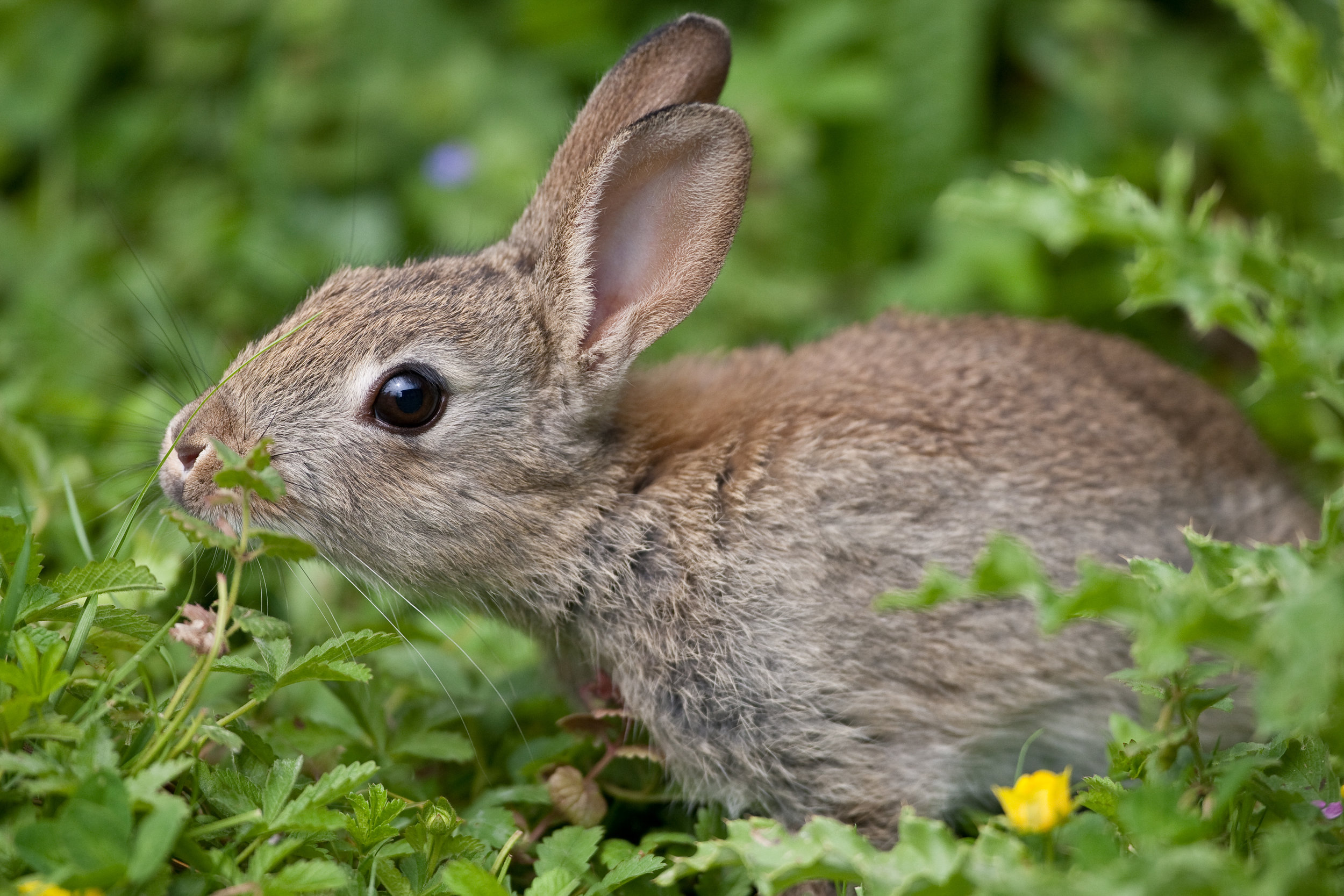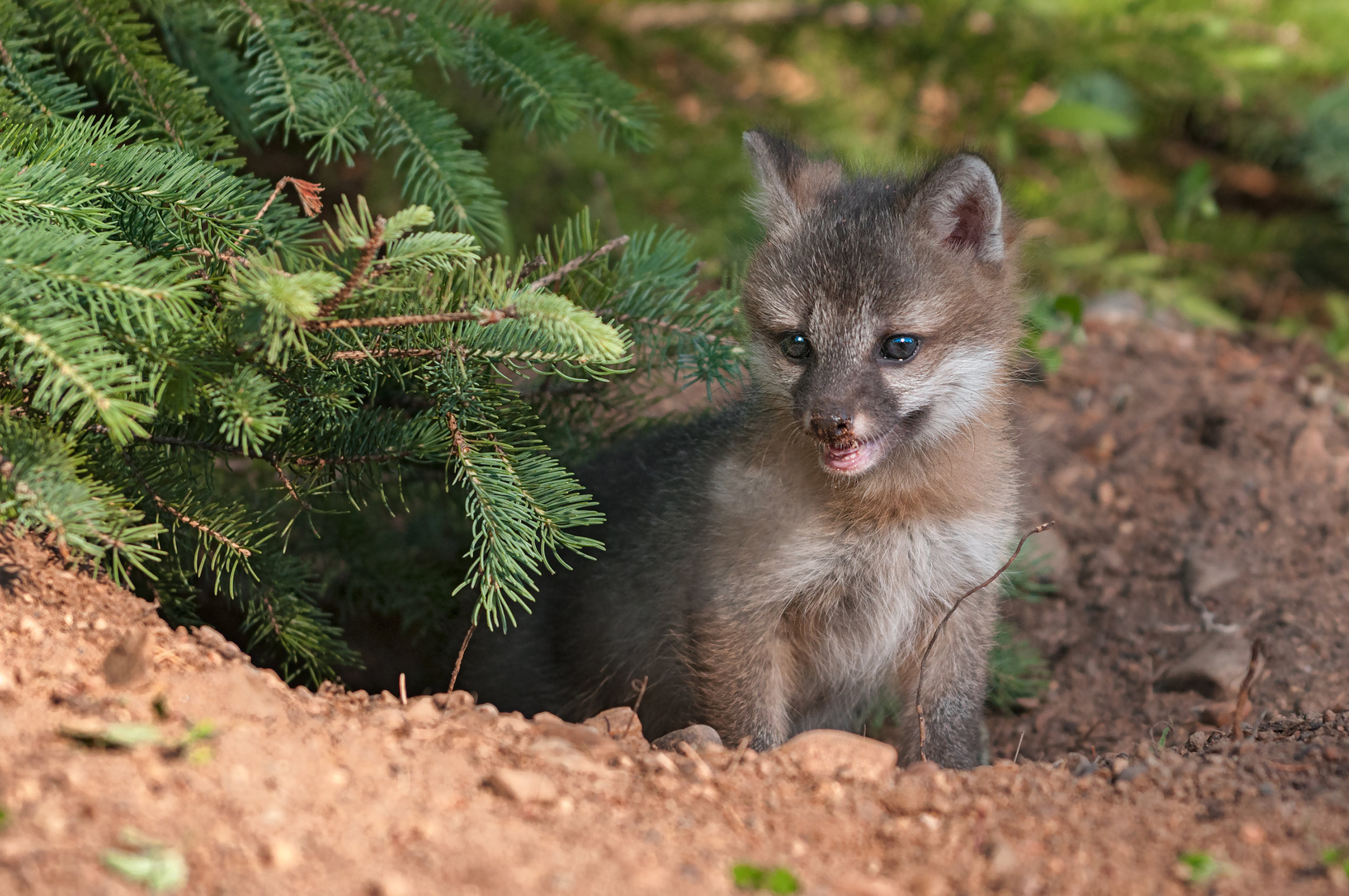Your Custom Text Here
Every year, particularly during the spring and summer, hundreds of young wild animals are unnecessarily picked up by the general public and referred to wildlife rehabilitators for treatment and rearing. The most commonly referred animals are baby birds and deer fawns. While most of these animals are picked up by well-meaning persons, it is important to realize that many such human-animal encounters are unnecessary and can even be detrimental to the wildlife concerned.
Any time you have an orphaned or injured wild animal, you must remember that the animal may be in pain or in shock. One sign of shock involves unusually docile behavior in what is otherwise a wild animal. Never take chances when dealing with wild animals.
If you find yourself temporarily caring for a wild animal in need of help, the best thing you can do for that animal is to keep it in a warm, dark and quiet place, such as a shoebox. You should not attempt to give it food or water unless directed to do so by someone qualified to determine the animal's condition. Feeding an animal an incorrect diet can result in injury or death. If at all possible, leave the animal alone. Noises that are common to use are not common to wildlife.
Because of the danger of disease transmission, any suspected orphan should be kept away from children and domestic pets. In addition, there is considerable risk to anyone handling a wild animal. Please see the Texas Department of Health's Zoonosis site for information about diseases transmissible from animals to humans, particularly rabies. Know The Risks! Know The Laws! Read about Texas's Rabies Quarantine on the Texas Department of Health web site.
The following specific situations are those you are most likely to encounter:
- Offspring calling from nest. Parent not present: Many animals deliberately avoid areas where their offspring are present. Such "hiding" behaviors reduce the chance of calling a predator's attention to the young. While you may not be able to sense the presence of the parent, it is likely close by and in visual or auditory contact with its offspring. Patiently observe the nest to see if the parent returns. If, after observation, you still believe the nest is abandoned, carefully, without touching the nest, place small sticks around it. If after a day the sticks have been disturbed and the offspring still appear to be healthy, the nest has probably been visited by a parent.
- Abandoned deer fawns: In Texas, it is very common for people to encounter seemingly orphaned or abandoned deer. Mother deer typically leave their fawns bedded down while they are away foraging. If the fawn is not crying, is not covered with fire ants, the eyes are not swollen and there are no visible wounds, do not handle or disturb it. Your presence will only cause unnecessary stress for the fawn.
- Blown-down nest: If the nest is relatively undamaged and the young birds or eggs are unharmed, replace the nest into the tree from which it fell or in a nearby tree. The parents should continue to tend the nest. A badly damaged nest may be placed into a strawberry basket or other appropriately sized basket before placement in a tree. You may need to secure the nest to the branch with twine. Note: It is a common fallacy that birds reject their young if they have acquired a human scent. In fact very few bird species possess a developed sense of smell. Excessive handling should be avoided none-the-less, as mammalian predators may be attracted to human scents in their search for food.
- Grounded baby birds: Frequently, birds seen hopping on the ground begging for food do not require your assistance. It is common for birds to fledge from the nest before they are fully feathered or flight-ready. They will be fed on the ground for a day or two until they are able to fly, and then may fly with a parent until able to forage on their own. Usually, if the grounded bird is a healthy fledgling, you will see a parent attending it or foraging nearby. Careful observation should help you make a correct determination. If the bird is in a street, place it under a nearby bush. If there are dogs or cats present, try to keep them away from the area for a few hours. Never unnecessarily handle or move the fledgling from the area where it was found. Baby blue jays are slow to mature, so the fledgling stage will generally take longer for them.
The best thing you can do for a stranded wild creature is to leave it in peace until you can get the advice of a wildlife rehabilitator. Do not attempt to treat or raise the animal yourself. Remember, it is illegal to possess wildlife without the required state and federal permits. Reach out for help as soon as possible so we can ensure the safety of everyone involved, and help the animal receive the care it needs to be released back into it's natural habitat.
If you have found any birds or raptors that require assistance, please contact the
Texas Parks and Wildlife Department Wildlife Information Line at 1-800-792-1112.
Portions of this page are courtesy of the Texas Parks and Wildlife Department














